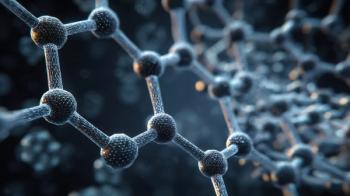
LCGC Europe eNews
- LCGC Europe eNews-02-13-2009
- Volume 0
- Issue 0
Waters acquires Thar Instruments
Waters has announced the acquisition of Thar Instruments for an undisclosed amount. "By combining Thar's advanced supercritical fluid chromatography (SFC) instrumentation with our chromatography expertise, we are committed to bringing the benefits of SFC to more laboratories for analytical and purification applications worldwide," said Rohit Khannna, vice president, worldwide marketing for Waters Division.
Waters has announced the acquisition of Thar Instruments for an undisclosed amount. “By combining Thar’s advanced supercritical fluid chromatography (SFC) instrumentation with our chromatography expertise, we are committed to bringing the benefits of SFC to more laboratories for analytical and purification applications worldwide,” said Rohit Khannna, vice president, worldwide marketing for Waters Division. The principles of SFC are similar to those of liquid chromatography; however SFC typically uses carbon dioxide as the main mobile phase. According to the company carbon dioxide offers environmental and cost benefits compared with liquid chromatography solvents.
Waters had previously invested in Thar in June 2007. “Through our collaborative partnership, we have already demonstrated Waters’ mass spectrometry instrumentation and software integration with our SFC platform,” said Harbaksh Sidhu, managing director, Thar SFC. “Now, we look forward to further leverage Waters’ chromatography and informatics experience, as well as applications expertise and strong service and support model to provide advanced and broader SFC solutions worldwide.”
Thar’s current annual revenues are estimated at approximately $18 million and this purchase is expected to be neutral to Waters 2009 earnings.
For more information visit
Articles in this issue
almost 17 years ago
Thermo Fisher reports record fourth quarterNewsletter
Join the global community of analytical scientists who trust LCGC for insights on the latest techniques, trends, and expert solutions in chromatography.




